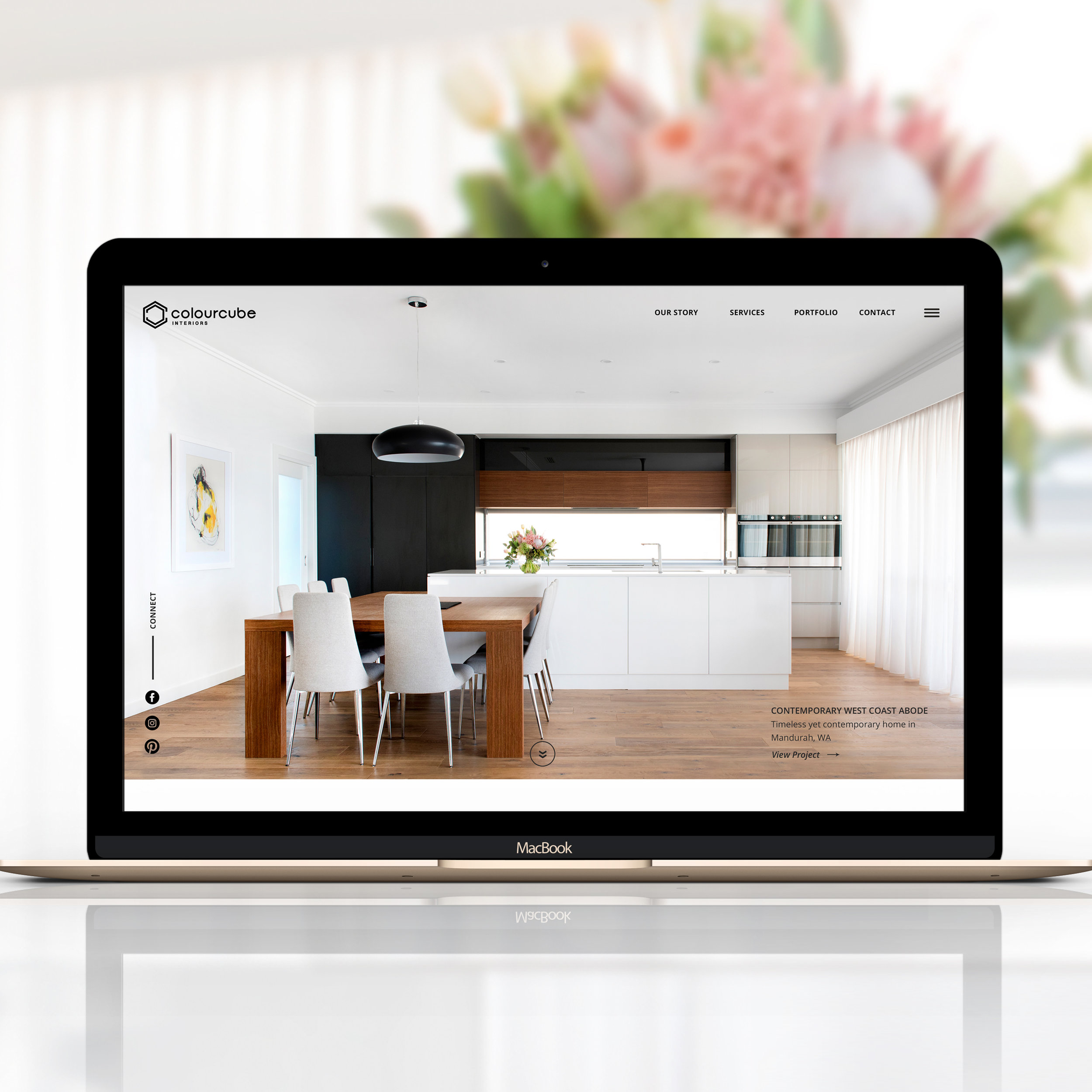'What’s a niche?' and 'how can I find mine?' is a common question asked by many new entrepreneurs. Everyone knows finding a niche is key for any business to succeed, especially small businesses, but many struggle finding theirs.
There is common a tendency in both life and business to try to please everyone. But we know not everyone will like us the same. Some people will love us, some other won’t. There’s no difference in business, we cannot be the perfect fit for anyone in the market.
For example…
A freelance web designer may not be a good fit to develop a complex website for a medium/large corporation. That website may require a team of professionals specialised in different areas of web design and development. On the other hand, hiring an agency to create a simple website could blow up a small business budget.
Targeting smaller groups will allow you to easily connect with them, understand their aspirations and needs, as well as come up with better solutions to their problems. Also, in smaller markets, the competition is typically lower.
A niche is an opportunity to find a solution for particular problem or satisfying the needs of a specific group of people, which is typically called target market. This solution can be:
- A product
- A service
- A platform or website
In this post today, I’ll take you through the process of finding your ideal niche with real examples from my own business.
advantages of being niche
Many business owners feel that by establishing a niche will reduce opportunities and narrow their sales. However, it’s the complete opposite. Finding a niche means your business will have better chances to success because:
- you get a deeper understanding of your clients’ needs and can offer a more refined service
- you can simplify your business model and streamline your process and marketing efforts
- your message gets clearer and easier to understand
- your competition is lower which makes easier to get noticed and stand out
- your specialised solution can gain customer's loyalty quicker and you come easily to mind for referrals
- your fee/price can be increased, as specialised services or products can usually command higher fees than generalists.
How to find your ideal niche?
Step 1 | Finding your specialty
When you are a small business, you cannot be an expert in everything. There are always things that you can do better than others. That’s your specialty.
A specialty is a combination of things you love doing - your passions - , are really good at - your abilities - and have done many times before - your experience -.
Being an expert on something also implies knowing something in depth. For example:
- A technique – when you are an expert on a particular area, subject or tool. For example, as graphic designer you can be an expert in 3D design.
- An industry – when many of your clients belong to the same industry you can claim an industry expertise. This is a common approach in bloggers.
- A geographic location –many people prefer buying from locals or hiring local professionals. So proximity and local knowledge can also give you a competitive advantage.
- A group of people – you can be specialised in an age-bracket (massage for babies), in a gender (men underwear), etc.
- A style – when your aesthetic is different and unique to everyone else’s. This specialty works quite well for creative businesses.
As I explained in this other post on Lessons Learnt From My First Year In Business, one of the mistakes made when I first started my business was to offer as many services as I could.
On my second year, I niched down my services to focus on graphic and digital design, and took the other marketing services out of my offer. I also was lucky enough to have a variety of creative businesses among my clients, so I could claim my specialisation in this industry too.
A good example…
One of my lovely clients, interior visualisation company Living 3D, combined the owners’ passion for interior design with their experience in kitchen design and fantastic SketchUp skills to start a business specialised in 3D visualisations for kitchen and bathroom companies.
TAKE ACTION: To find your own specialty ask yourself the following questions:
| |
|
Step 2 | Finding your ideal costumer or client
Knowing what you can do and love doing for others will lead you to the next question: who are those “others”? They are those who need and value your product or service, and are willing to pay for it.
For example…
Who may need my graphic and web design services? New businesses and start-ups will always need a new brand and website. Also, young company with a few years of market success they often need to take their businesses to a next level having a more professional brand and website.
TAKE ACTION: to find your ideal client ask yourself the following questions:
| |
|
This other post by Lauren Hooker of Elle&Co describes7 Tactics to Help You Get to Know Your Ideal Customer.
Step 3 | Identifying problems or needs
The more connected and knowledgeable you are about your target market the better you will understand their challenges and specific needs.
For example…
After launching a new brand and website, my clients usually want to start a marketing plan to promote their businesses. They need search engine optimisation, media exposure… but they rarely have the budget to hire SEO specialists, social media experts, public relation agencies, etc. So, I identified the need to develop a marketing strategy on a small budget.
TAKE ACTION: to identify opportunities ask your market the following questions:
| |
|
I found client conversations, Google searches, blog comments and forum questions the best ways to understand my target market struggles. Surveys can also be an excellent way to get this information from your market, although conducting a survey requires specialised software and professional knowledge on market research techniques.
Step 4 | Researching competitors
Now you can find out who is already providing solutions to those needs and how. Ideally nobody else would be already offering a solution, but if they are, then try to find a way to resolve the same problem in a different and better way than the others.
For example…
Back to my target market, in the Internet you can find many marketing books, guides, blogs, marketing plan templates… But I could barely find anything specialised in the creative industry. I couldn’t find any marketing workbook/planner either, so I found here a possible niche.
TAKE ACTION: to research your competition ask yourself the following questions:
| |
|
Step 5 | Designing specialised solutions
Working with a small group of people will allow you to quickly identify specific needs and easily study how others are already serving those needs. So you can come up with a solution to satisfy the same needs in a different –or just simply better - way to your competitors.
For example…
I developed a solution to help creative businesses to identify marketing priorities and plan their promotional activities by themselves, on a small budget and with no marketing knowledge. Although there were some marketing books on the same topic, I presented my solution in a format that others didn’t: a printable marketing planner/workbook (you can find this product at my shop)
This digital format makes my product conveniently available everywhere 24/7. The workbook format makes it very actionable and easy to use.
TAKE ACTION: when designing your solution ask yourself the following questions:
| |
|
Step 6 | Evaluating profitability
You may come up with a great solution for a market, with very low o none competitions, but unfortunately you make no money with it. Before spending your time, money and energy in launching a product or a service ensure that:
- Your target market is not too small,
- People in your market understand your product and find it easily,
- They can and want to spend the money you’re asking for it,
- The product has good profit margins.
For example…
For many months I researched the possibility to produce printed copies of my marketing planner, but it wouldn’t have a global research, and the local market was too small to make my planner profitable. I also tried many different ways to sell this product online, until I found Etsy the most effective.
TAKE ACTION: before developing your product or service ask yourself the following questions
| |
|
Wrap up
A niche is a combination of passions, skills, knowledge, experience and ability to make money with all of this. If you’re very passionate about something but there is no one willing to pay for it there is no market out there for your passion. If you just follow the money, not a passion, you will be easy to beat by your competitors.
To know more about finding your niche also read:
- The Ultimate Guide To Finding Your Niche Market, by Niche Hacks
- A Practical Guide to Find Your Niche (Create Your Amazing Blog: Your How-To Series, #2), by Jo Reardon and Dale Reardon





























